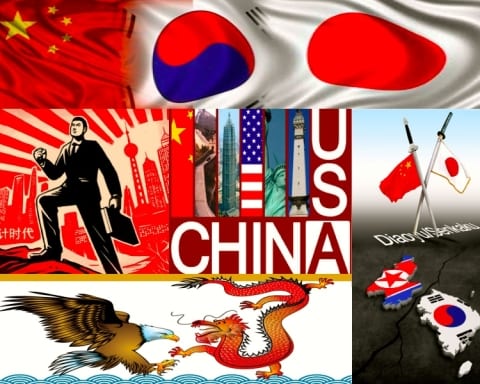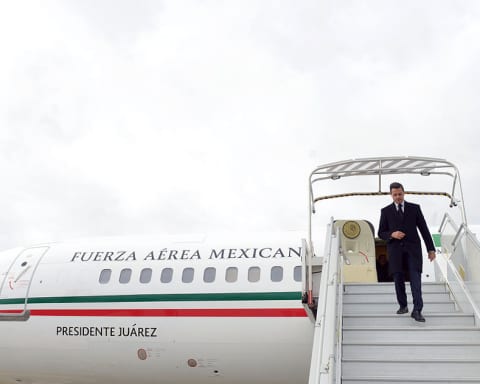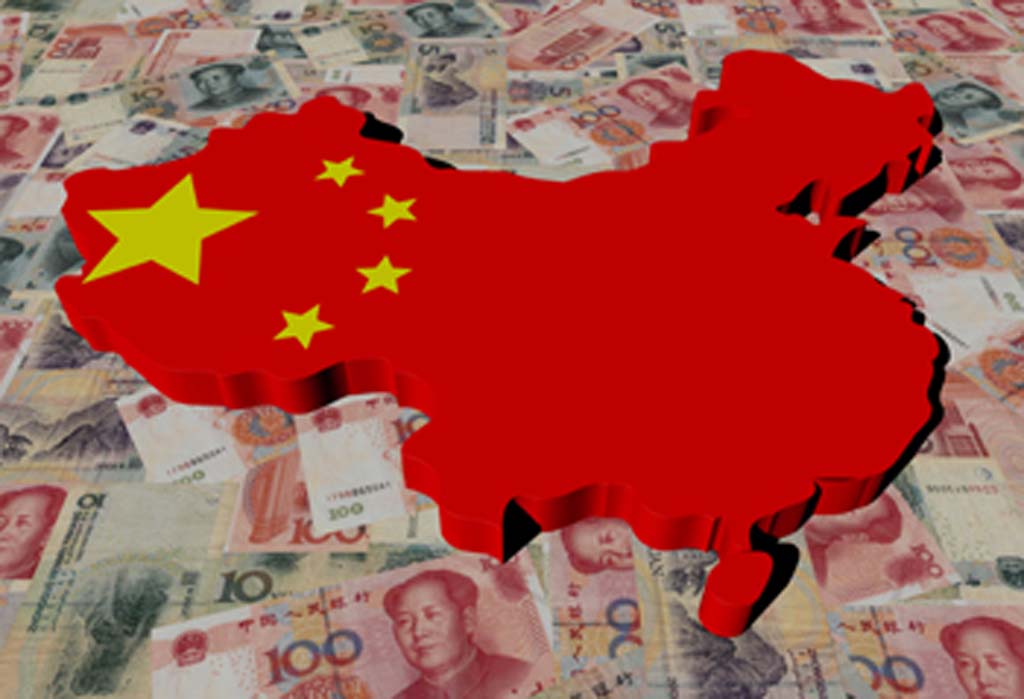Despite a great deal of discussion on the information economy in recent years, (much of it useful and much of it overhyped,) the actual world economy’s health is still reliant on raw materials, which is expressed in their prices. While in parts of the developed world the recent fall in commodity prices has been referred to as the equivalent of a tax break, in countries that are heavily dependent on commodity exports, calamity is a better reference point. The primary issue here is dependence. Many developed nations also produce raw materials in great quantities, but their economies are comparatively diverse. When a nation’s basket of exports is dominated by just a few commodities while its import basket is varied, economic crises are more likely to occur.
While this statement oversimplifies the workings of millions of people, and their historic, cultural, and geographic concerns, it does accurately describe the crux of certain economic crises. The details of each crisis are always different and important to learn from. However, a straightforward lesson can be drawn from crises that involve developing economies whose exports are dependent on a strong market for only a few commodities.
Much of the analysis of the Argentinian economy of the 1990s, leading up to the balance of payment and currency crisis of 2001, has focused on the currency board, or peg to the dollar. This meant that at any time one Argentinian peso could be converted into one US dollar. That policy, as part of a move towards more market liberalization, has been credited with creating stability and growth in the early and mid 1990s. It has also been the source of blame for events leading up to the 2001 currency crisis given that Argentina was not an optimal currency zone for the dollar. The ensuing recovery has received more mixed treatment, with some scholars pointing to a commodity boom, while others give more credit to devaluation, hard tactics with the International Monetary Fund (IMF) to restructure debt, changes in taxation, and other government policies.
The overall tactics of the government during the “good times” of 1991 to 1998 were very different from those used during the recovery of 2003 and after. It seems odd that scholars could credit one set of policies for success in one decade and then a nearly opposite set of policies for recovery in the following decade. The one feature that both decades share is a strong market for Argentina’s primary exports; the few years of deep recession that separated them were a time of very weak prices for those same products. Certainly, government policies in both decades had positive and negative effects. However, neither the market liberalization reforms under President Carlos Menem, Finance Minister Domingo Cavallo and the IMF, nor the more populist policies under Presidents Nestor and Cristiana Kirchner can claim responsibility for the boom in the agriculture commodity prices that were separated by a trough from 1997-2002.
Today, Argentina, Venezuela, Ecuador, Brazil and even OECD member Chile, are facing economic headwinds because of their dependence on exporting raw materials during times of weak global demand. Certainly not all of these countries are heading towards an outright economic crisis, and perhaps none of them will ever reach something as traumatic as the Argentinian experience of 2001, but those countries whose export baskets are most dependent on one or a few products are at greater risk.
A balance of payment crisis occurs when a nation as a whole (including its central bank, firms, and individuals) no longer has sufficient and reliable currency to pay for its imports. Today, the currency most commonly used in global trade and most widely believed to be a credible store of value is the US dollar. When the overall economy of a nation is no longer able to provide sufficient US dollars to foreign states, firms or individuals in exchange for goods or debt, there is a serious problem. If a nation’s export basket value drops precipitously because of a weak world market, this means that the nation, as a whole, will have fewer US dollars in the economy. Therefore, the nation will be less able to purchase imports from abroad.
This is already happening in Venezuela where a shortage of basic goods is all too common. The market does not see Venezuela’s currency as reliable. The official exchange rate at which banks and other institutions are allowed to exchange US dollars for Venezuelan bolivars is 6.35. On the black market just this past June, one could exchange 1 US dollar for anywhere between 275 and 423 bolivars. This is a very dangerous discrepancy and shows that Venezuelans are desperate to exchange their currency for USD. There is a palpable fear that the official rate will also eventually collapse under depreciation pressure.
Venezuela is an extreme case where petroleum products count for about 90% of their exports. Due to a variety of factors beyond Venezuela’s control, the collapse of oil prices this year means the country is now receiving fewer dollars. However, in this count Venezuela is not alone in Latin America. Soy products, major exports for both Argentina and Brazil, have lost over 15% of their value in the last year. Copper, which accounts for over 50% of Chilean exports, has dropped by about 27%.
Some countries are better governed than others. Natural resources are not innately a curse. Rather, it is their mismanagement that wreaks havoc on many developing economies blessed with oil, minerals, or fertile land. Some nations use their massive gains during boom years to put savings into sovereign wealth funds for rainy days that are bound to come. Chile, in particular, has been doing this for years.
Rainy day funds are a great way to get through the tough times, but not even they are a long-term solution to the boom and bust cycle that has plagued much of Latin America. Without a more diverse export basket, many Latin American countries will never be able to escape this vicious cycle. Leaders will come and go, and they will take credit for the good years and then be blamed mercilessly for the bad ones, but true leadership will find new markets to enter. Maybe the information economy is the future after all.







